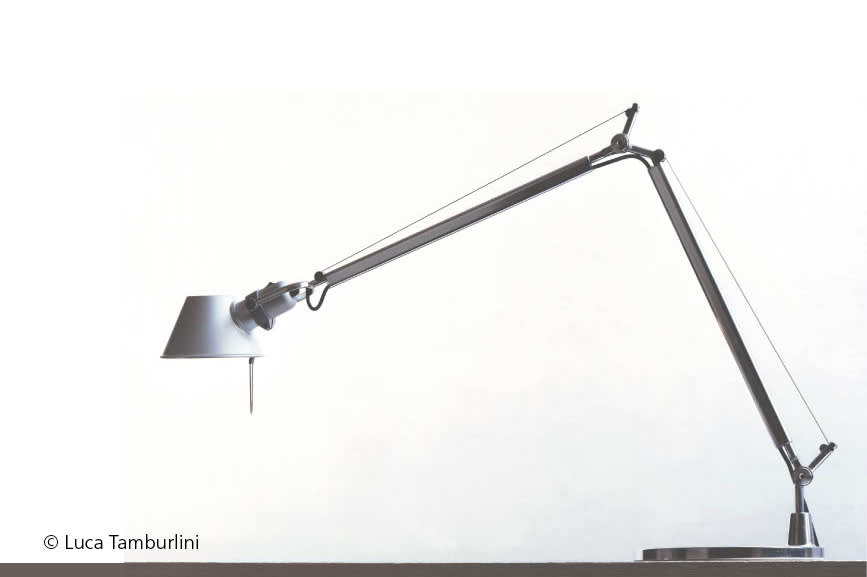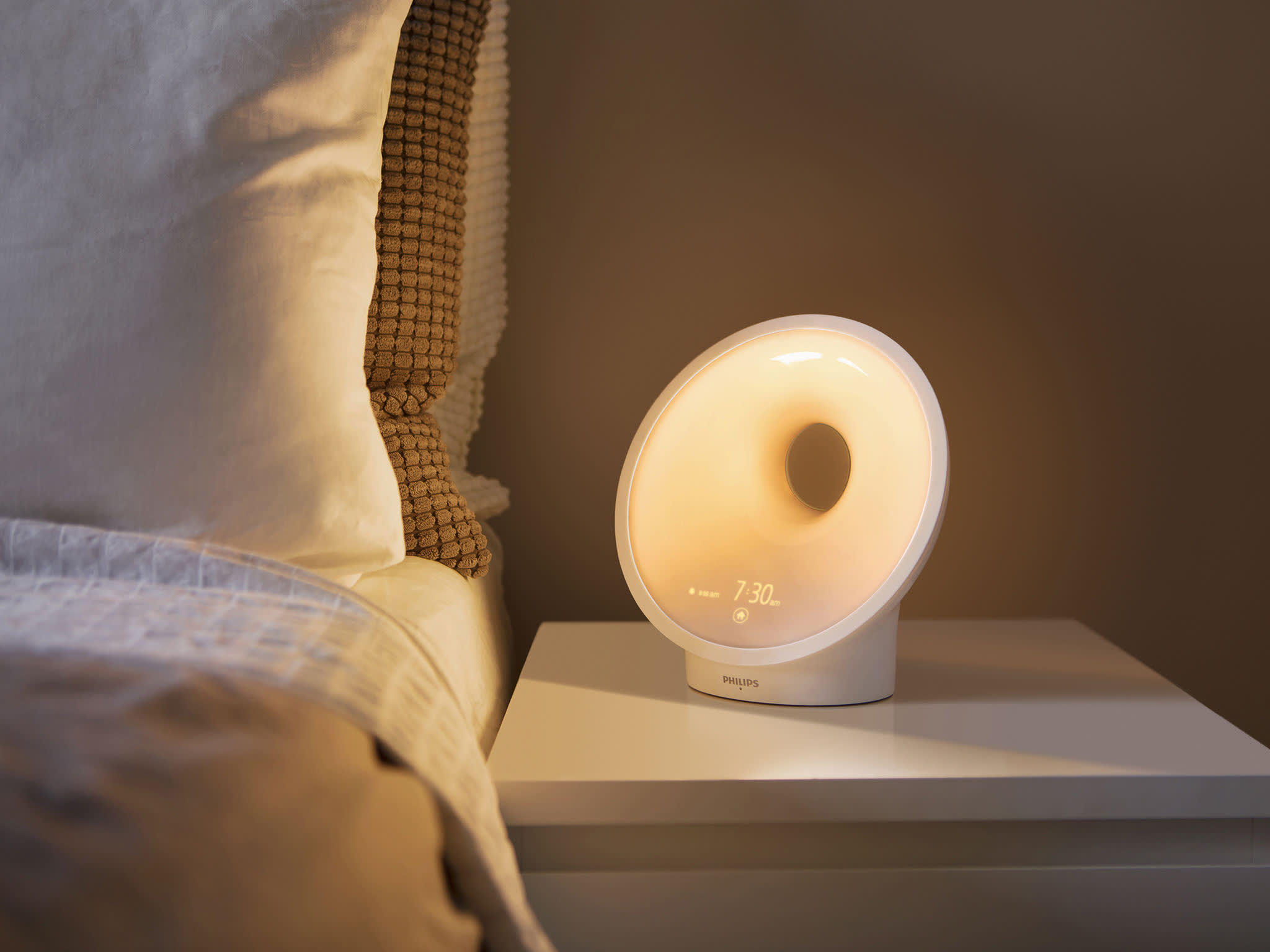Michele De Lucchi: "Technology is nowadays an opportunity"
Designer and architect Michele De Lucchi on AMDL CIRCLE's projects, the young design generation and the 40th anniversary of the postmodern design collective Memphis Group.


The "Tolomeo" lamp is one of the most famous products by Michele De Lucchi, who is a member of the iF DESIGN AWARD Jury this year. It is an icon of design history and at the same time calmly modern. It can be found on desks all over the world, even beyond the circle of design connoisseurs. Its technology is based on a well-known principle, yet it revolutionized the idea of private light. It precisely depicts what the architect and designer has always stood for: truthfulness, functionality and creativity.
Michele De Lucchi maintains his calm determination to intervene to this day; he had already focused on the radicalism and social aspects of design while studying architecture. From founding the Cavart group to projects for Alchimia to co-founding Memphis and his work as design director for Olivetti: Michele De Lucchi's things and architectures always find their place exactly where they are needed. They came to stay. In their sustainability and precision, they are the answer to the question of how we will live tomorrow.
The projects of AMDL CIRCLE, a multidisciplinary architecture firm founded in 1998, represent these ideas. They include the Bridge of Peace, which connects the historic and the new city center of Tblisi (Georgia) over the Mtkvari River, the houses of the Zirmerhof in Radein (South Tyrol) or the Z-LIFE office complex of the Zambon pharmaceutical company in Bresso (Italy). With the "Earth Stations", the new building typologies that are intended to break away from conventional thought patterns, De Lucchi is transporting his principles into the future. Collaborative places of creativity embedded in the environment offer space for interaction. Artificial intelligence takes over bureaucratic tasks and creates freedoms beyond formal attributions.
iF: Mr. De Lucchi, where do you work in times of the pandemic – in the studio, from home or is it indistinguishable between the two?
ML: I'm currently working at the "Chioso", my private studio in Angera, a little village next to Lake Maggiore. During the week I work both from my private studio and at the Circle office in the centre of Milan.
iF: Did you find time in lockdown for an activity that missed out before, or did the flow of thoughts and work move on?
ML: Coronavirus is a serious emergency that has both separated people and brought them together. Although the meetings are telematic we do have all a common goal to fight for and common stories to share. During these difficult times creativity and humanity are the most important tools we have.
The lockdown has certainly slowed down our lives. We all had time to deepen our thoughts and work by developing our researches, inspirations and creativity in order to project them on our future projects. The distance we were forced to maintain gave us the opportunity to get to know habits of people inside their own homes. This distance gave us time to deepen our personal thoughts asking our self new and challenging questions.
iF: Questions that also concern your own work? The portfolio of AMDL Circle includes numerous different projects, including cultural ones. What they all seem to have in common is that people meet there to pursue different activities. Is the determination of the location, be it a hospital, a chapel, an office or a public space, the starting point of the architecture for you?
ML: The determination of the location is a starting point and certainly very important. We have realized that people aren't looking for conventional and standard buildings. Designing office buildings on the basis of desk positions is no longer relevant. Today we think of the office as a meeting space with elements designed to be connected and not separated. Workspaces, especially offices, are the emblem of the rapid and constant transformation of the contemporary world. All these projects were born and developed around the idea of creating well-being through the quality of the space in which we work. If the office space is bureaucratic, sad and dark, people won’t work as efficiently, on the contrary if the office space is beautiful, full of light and stimulating, people will work better. These considerations can be applied to all spaces.

Earth Stations "Crown Station"
One of six stations for programming the future, this is the evaluation of the library | Design: 2018 | Completion: to be realised

Rokko Silent Ring for Rokko Silence Ressort, Kobe/Japan
A hotel project whereas the ring hosts the rooms of the ressort | Design: 2017 (in progress) | Completion: in progress

St. Jacob's Chapel, Fischbachau/Germany
A chapel, commissioned by a Munich family | Design: 2010-2011 | Completion: 2012
iF: As a member of Memphis group and in retrospect: Why did especially that time give such a space to the phenomenon you all created?
ML: The Memphis group was characterised by a very special emotional strength. At the time the main discussion was around Alessandro Mendini's idea of taking back great design classics and placing on them a new identity, the world needed a different iconography. Mendini called it redesign, but we wanted to invent a completely new and different language. Ettore Sottsass said: "We have to do it all over again. And to do so, we needed a new creative and productive protagonist, and that’s what we developed." The functionality of a chair, when no one is sitting on it, it must be an object present in the environment and meaningful in the context in which it is placed. All our projects had these characteristics: ergonomic, expressive and sculptural.
iF: When Memphis turns 40 in 2021, could another Dylan song or quote, perhaps like "I Contain Multitudes" from the recent album, be the motto at this stage in life?
ML: The Dylan song accompanied us through the Memphis years but as the years go by our minds, creativity and inspirations evolve. I don’t specifically know this song or quote by Bob Dylan but he has certainly always been an amazing interpreter of contemporary society. Today, in this stage of life, I would say that my motto is a quote taken from William Shakespeare: "We few, we happy few, we band of brothers”.
iF: Mr. De Lucchi, thank you very much for your time.
The questions were asked by Silke Gehrmann-Becker, freelance journalist, author and lecturer, Cologne, Germany.
AMDL CIRCLE PROJECTS

Bridge of Peace, Tbilisi/Georgia

“Case del Prato“ Homes in the Pastures - Zirmerhof, South Tyrol/Italy

“Case del Prato“ Homes in the Pastures - Zirmerhof, South Tyrol/Italy

Z-LIFE, Bresso/Italy

Z-LIFE, Bresso/Italy

Z-LIFE, Bresso/Italy

Bridge of Peace, Tbilisi/Georgia

“Case del Prato“ Homes in the Pastures - Zirmerhof, South Tyrol/Italy

“Case del Prato“ Homes in the Pastures - Zirmerhof, South Tyrol/Italy

Z-LIFE, Bresso/Italy

Z-LIFE, Bresso/Italy




